Abstract
School discipline is a growing concern in the United States. Educators frequently are faced with discipline problems ranging from infrequent but extreme problems (e.g., shootings) to less severe problems that occur at high frequency (e.g., bullying, insubordination, tardiness, and fighting). Unfortunately, teachers report feeling ill prepared to deal effectively with discipline problems in schools. Further, research suggests that many commonly used strategies, such as suspension, expulsion, and other reactive strategies, are not effective for ameliorating discipline problems and may, in fact, make the situation worse. The principles and technology of behavior analysis have been demonstrated to be extremely effective for decreasing problem behavior and increasing social skills exhibited by school children. Recently, these principles and techniques have been applied at the level of the entire school, in a movement termed schoolwide positive behavior support. In this paper we review the tenets of schoolwide positive behavior support, demonstrating the relation between this technology and applied behavior analysis.
Keywords: schools, positive behavior support, school discipline, behavior problems
Full text
PDF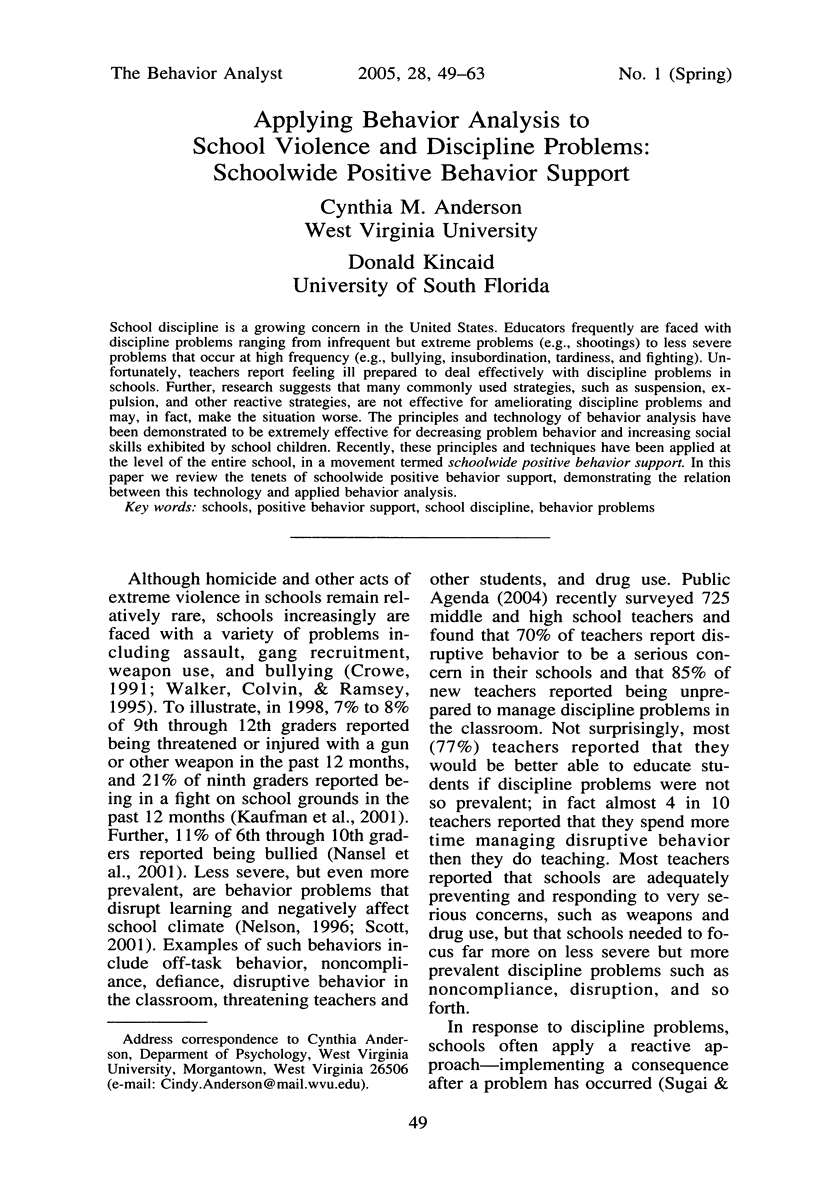
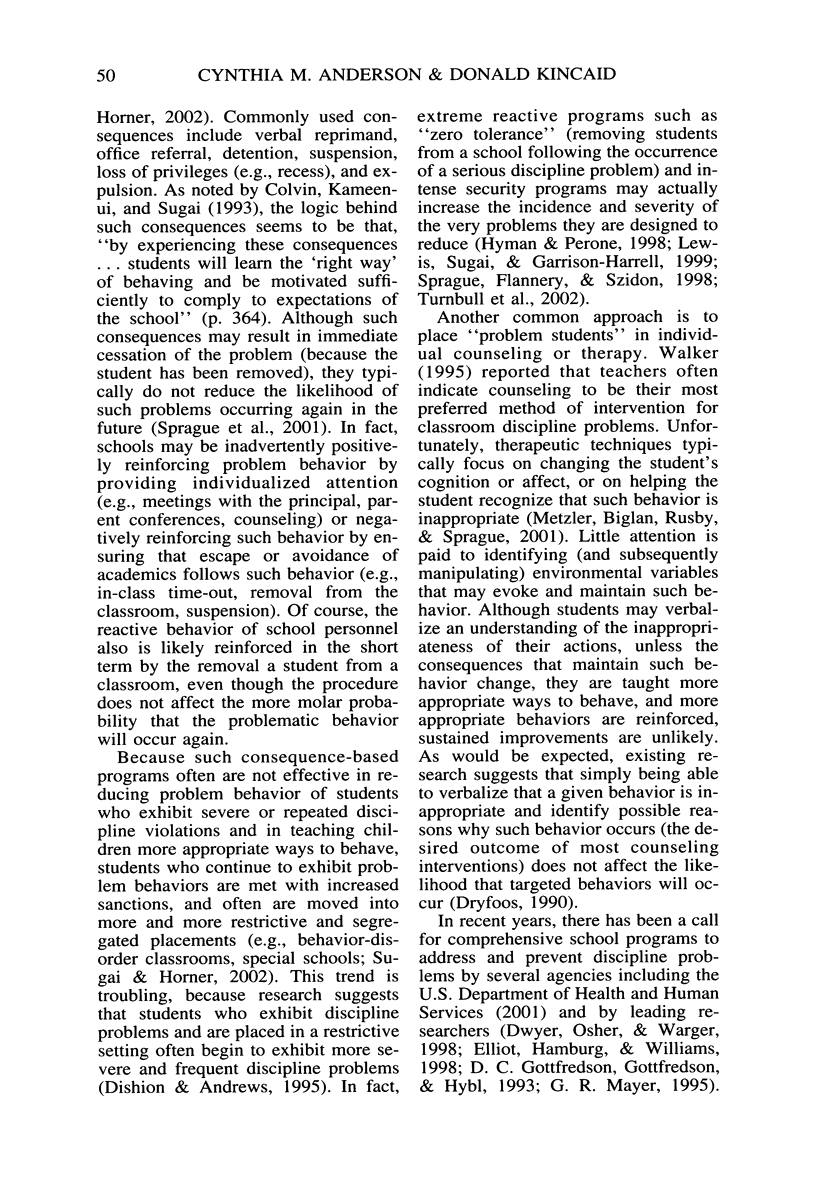
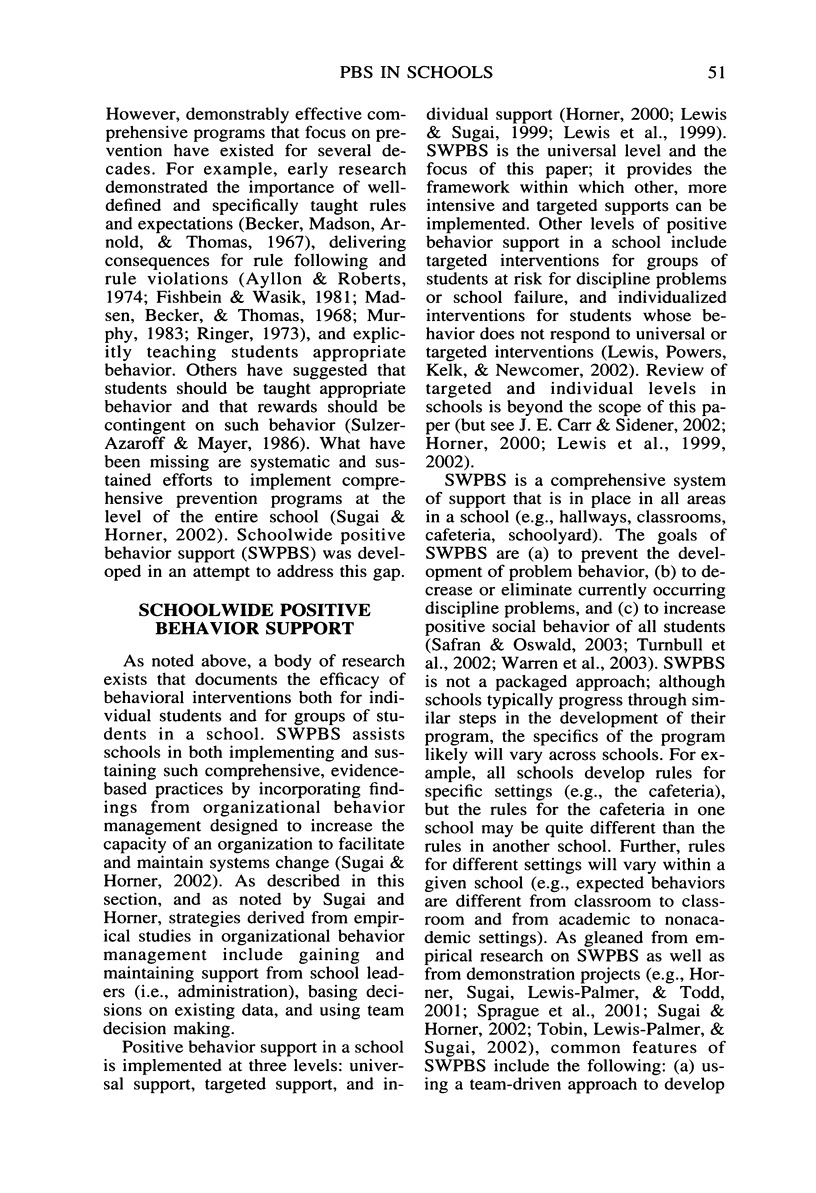
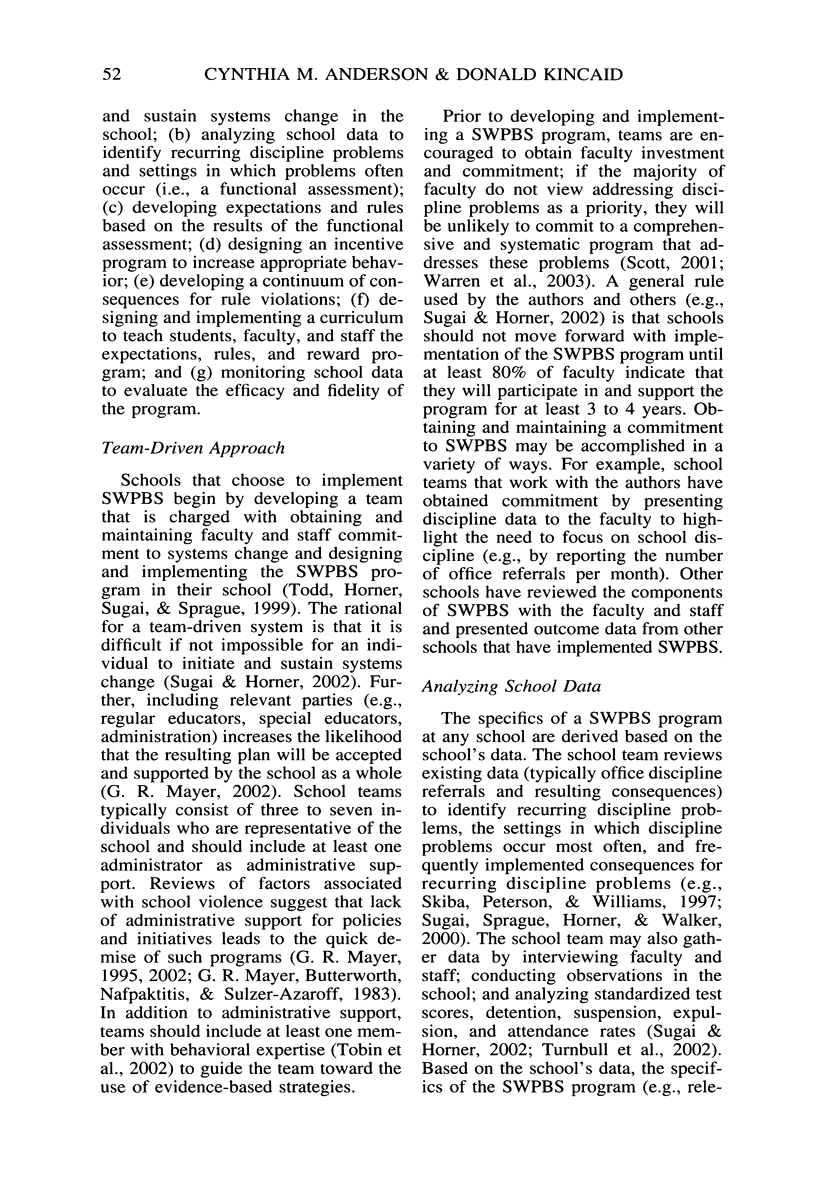
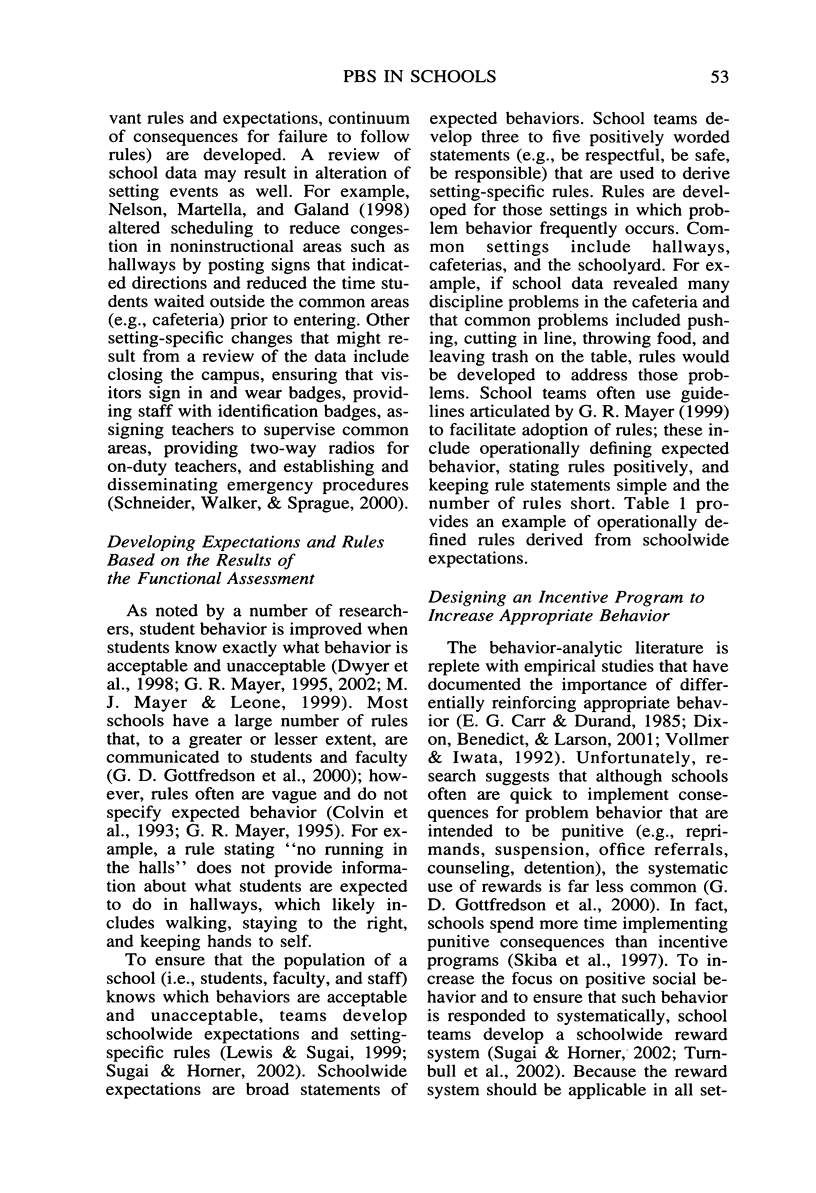
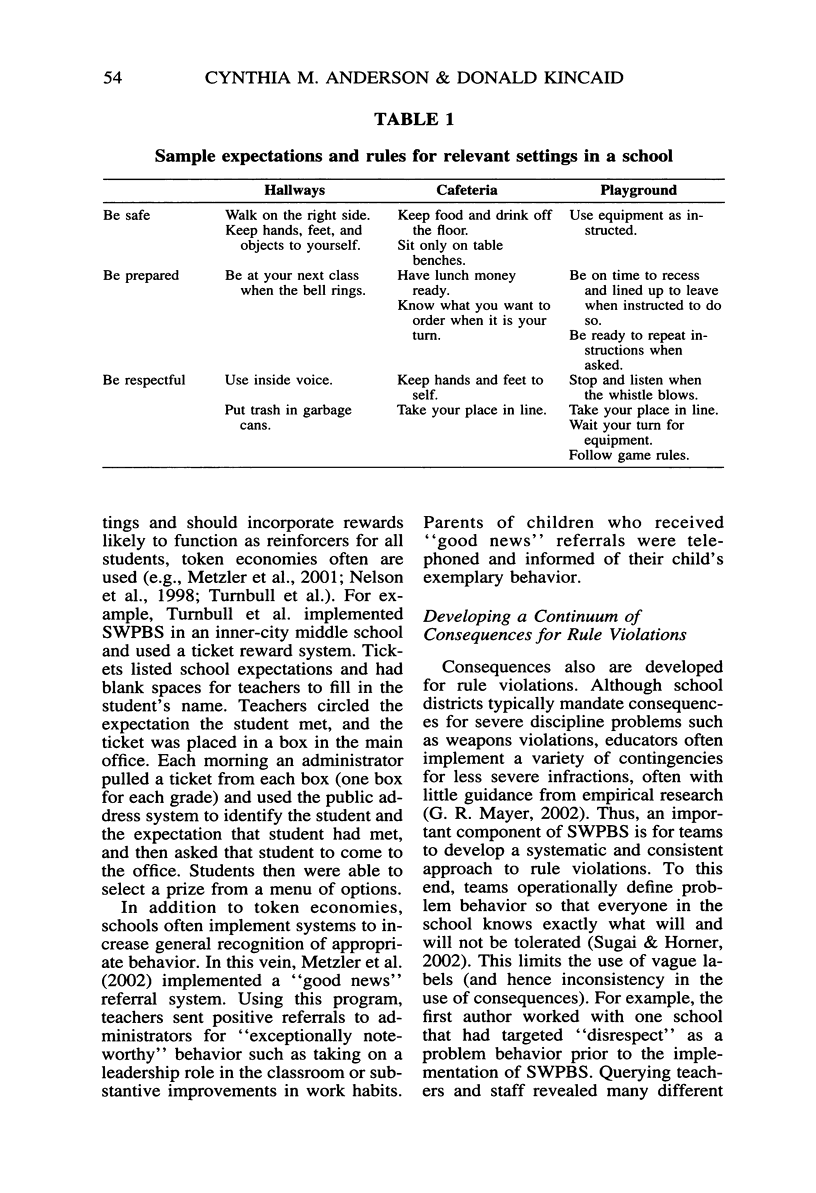
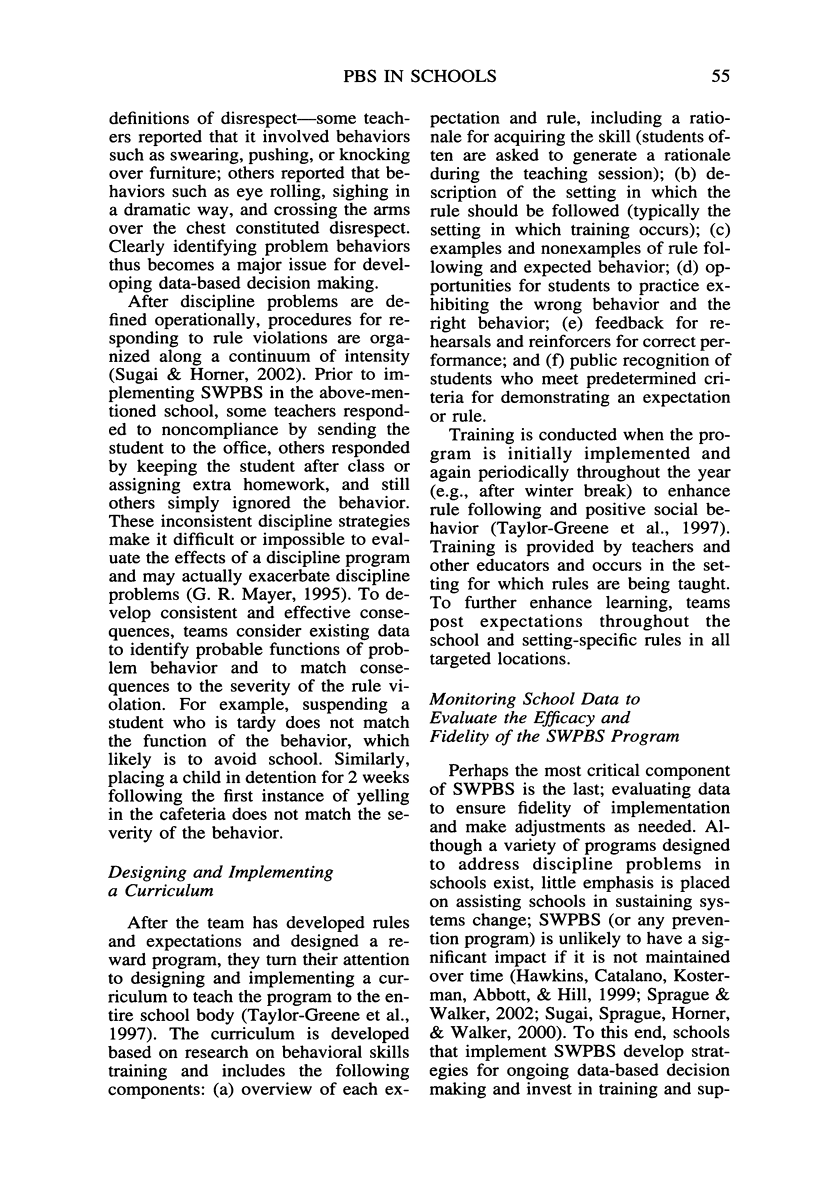
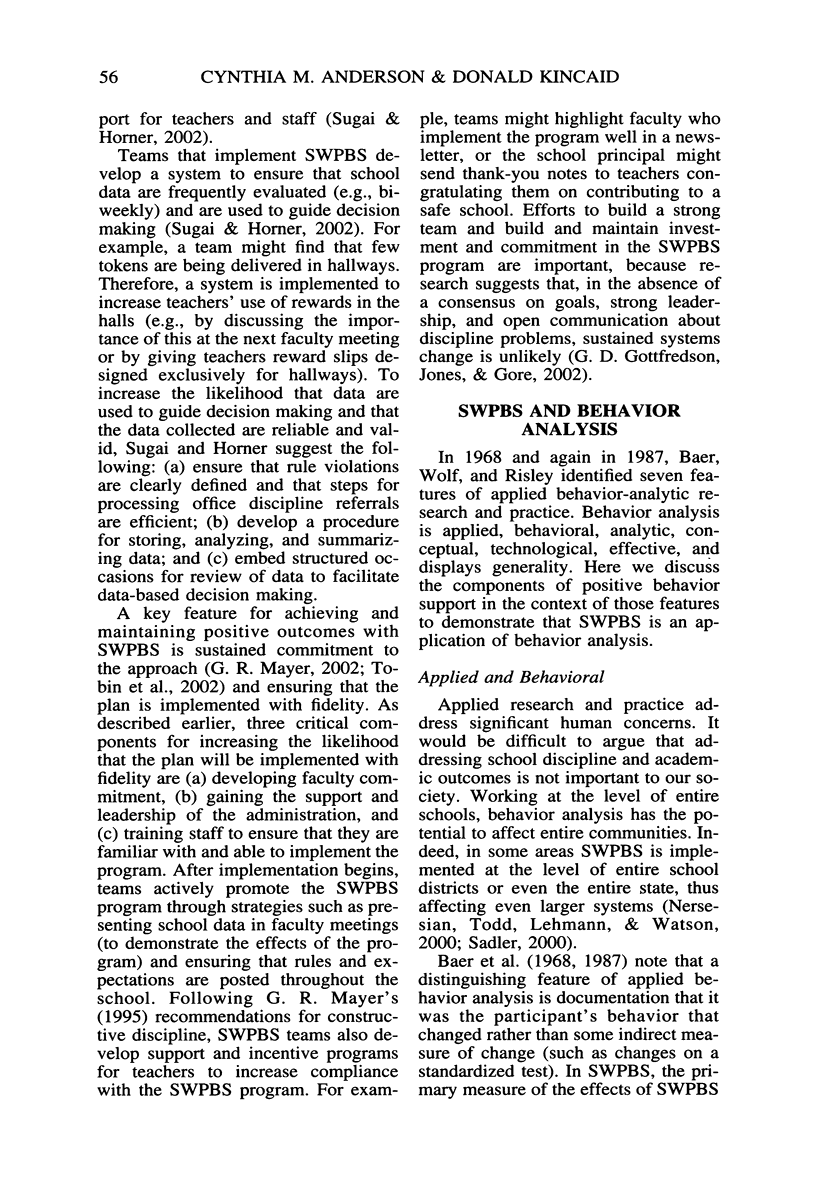
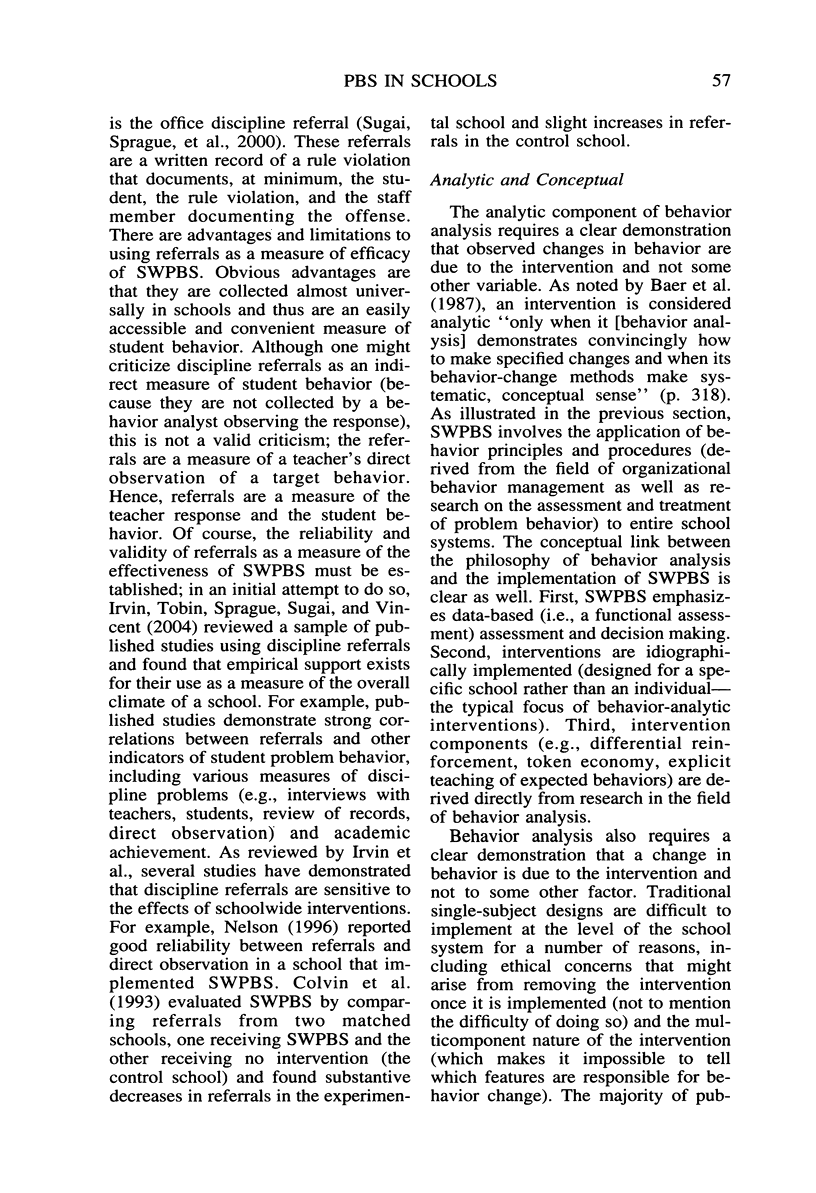
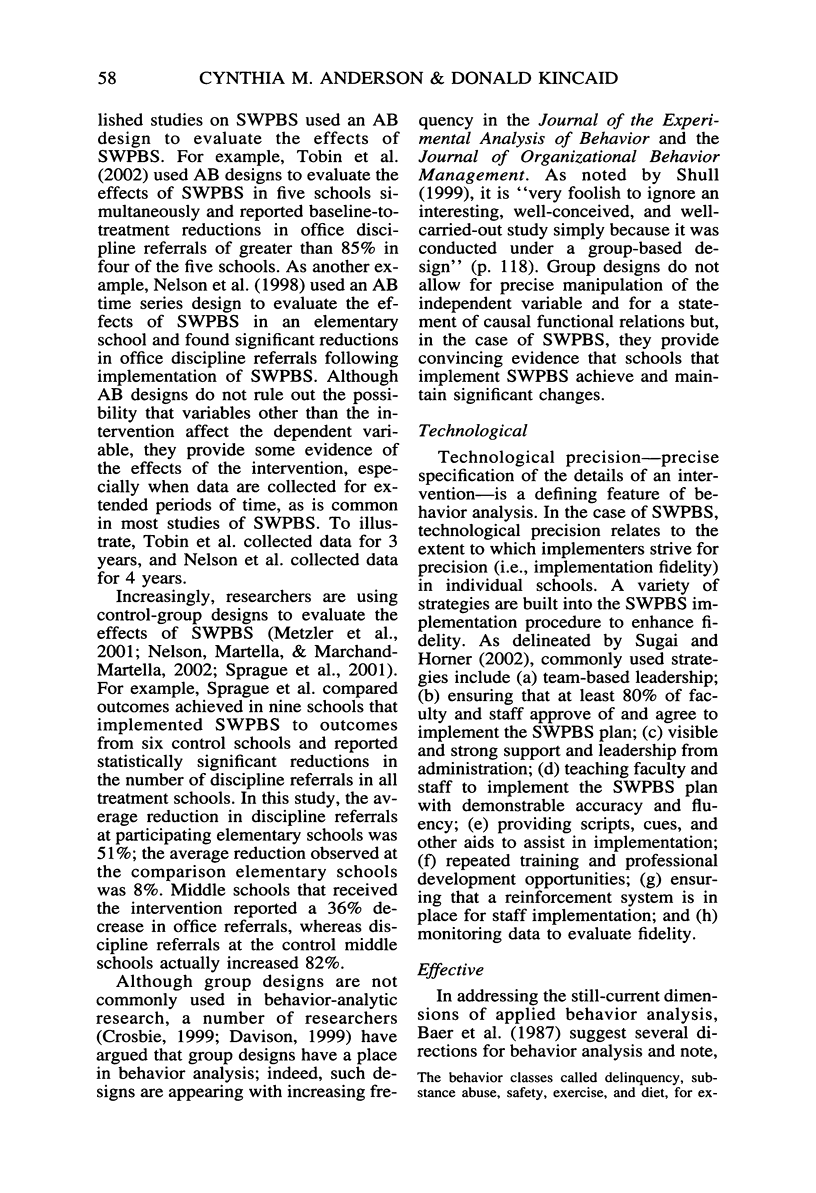
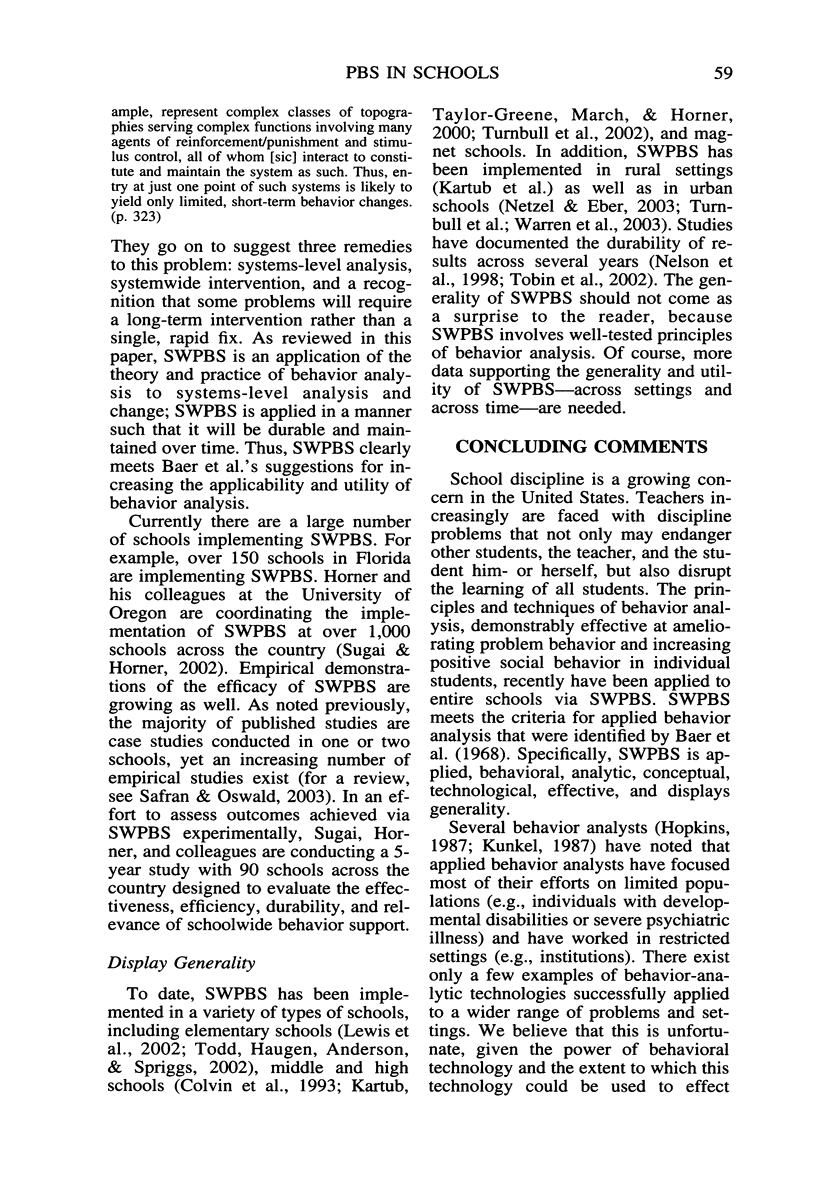
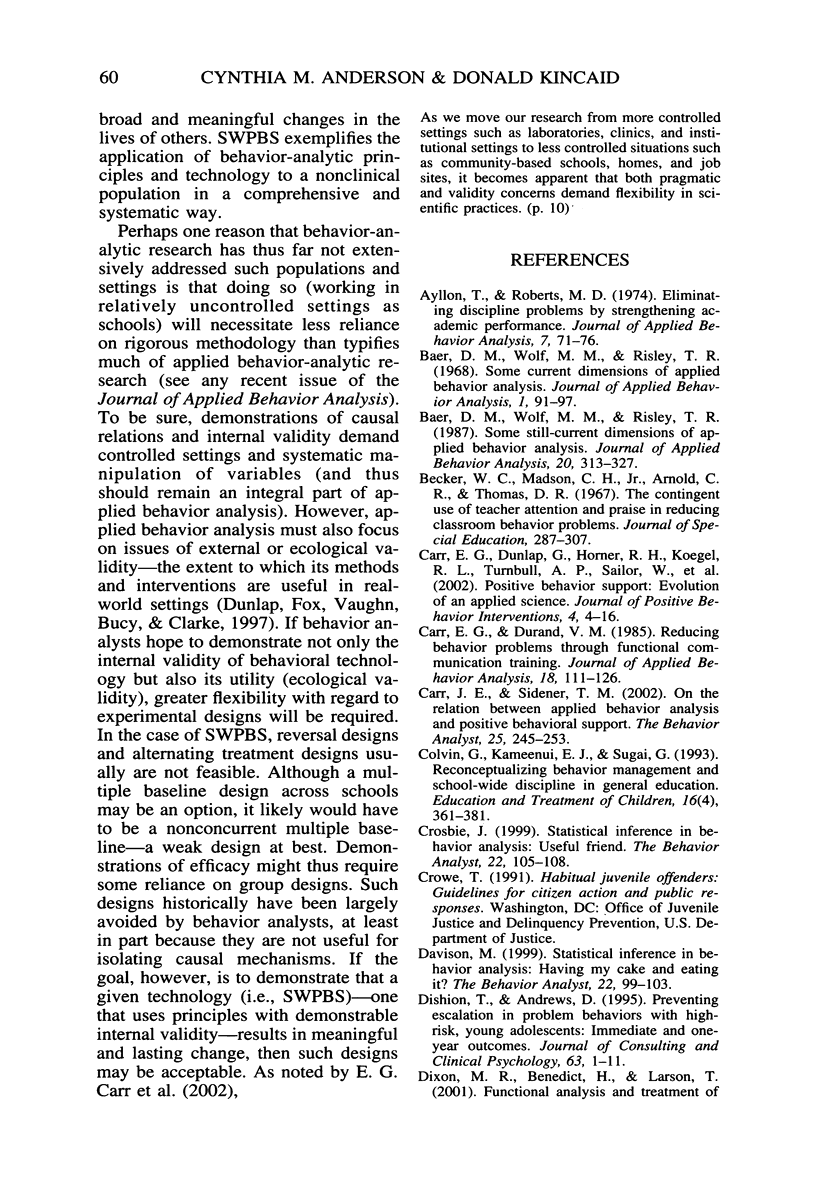
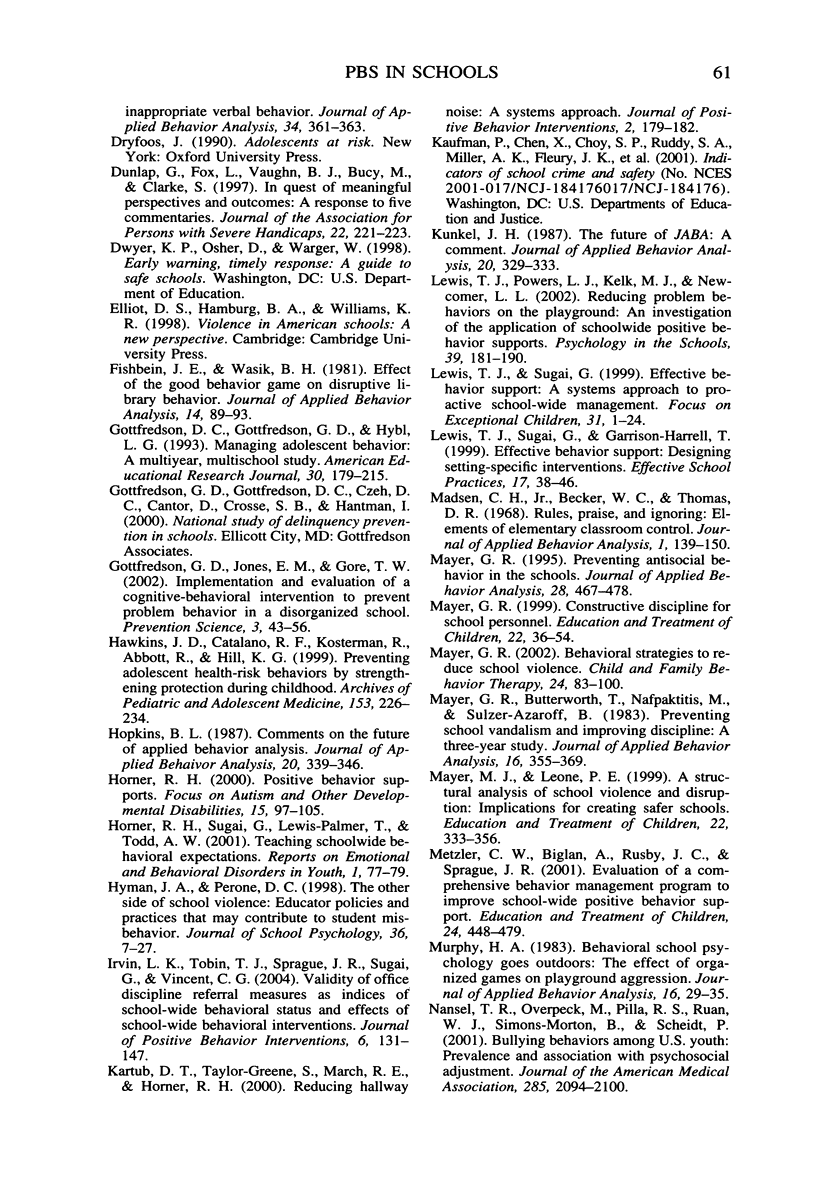
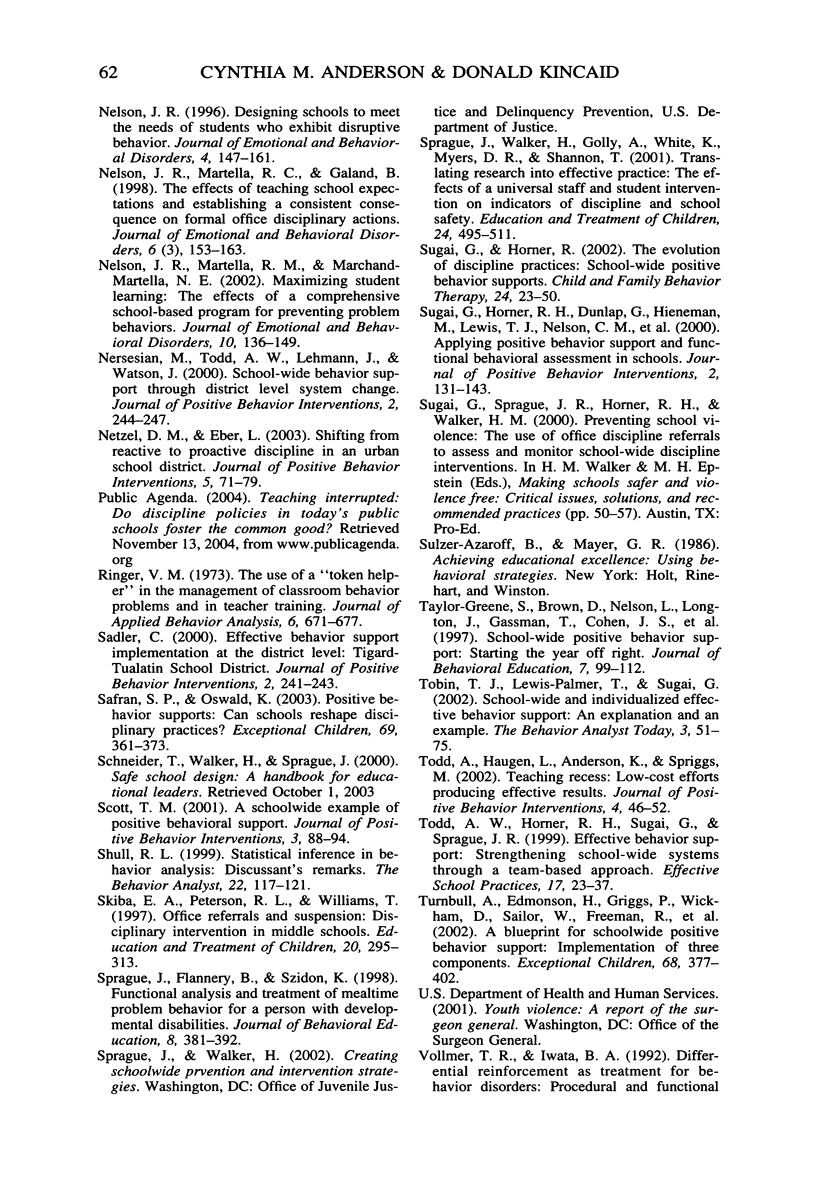
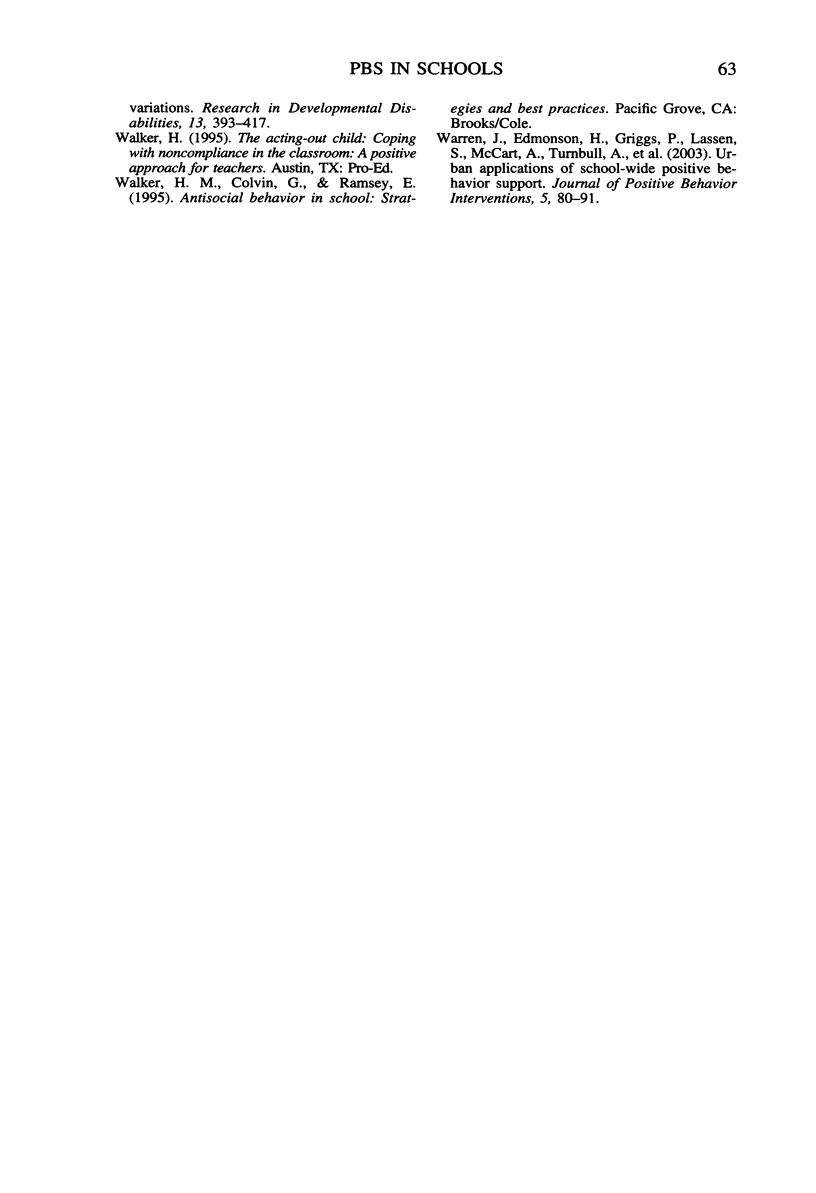
Selected References
These references are in PubMed. This may not be the complete list of references from this article.
- Ayllon T., Roberts M. D. Eliminating discipline problems by strengthening academic performance. J Appl Behav Anal. 1974 Spring;7(1):71–76. doi: 10.1901/jaba.1974.7-71. [DOI] [PMC free article] [PubMed] [Google Scholar]
- Baer D. M., Wolf M. M., Risley T. R. Some current dimensions of applied behavior analysis. J Appl Behav Anal. 1968 Spring;1(1):91–97. doi: 10.1901/jaba.1968.1-91. [DOI] [PMC free article] [PubMed] [Google Scholar]
- Baer D. M., Wolf M. M. Some still-current dimensions of applied behavior analysis. J Appl Behav Anal. 1987 Winter;20(4):313–327. doi: 10.1901/jaba.1987.20-313. [DOI] [PMC free article] [PubMed] [Google Scholar]
- Carr E. G., Durand V. M. Reducing behavior problems through functional communication training. J Appl Behav Anal. 1985 Summer;18(2):111–126. doi: 10.1901/jaba.1985.18-111. [DOI] [PMC free article] [PubMed] [Google Scholar]
- Carr James E., Sidener Tina M. On the relation between applied behavior analysis and positive behavioral support. Behav Anal. 2002 Fall;25(2):245–253. doi: 10.1007/BF03392062. [DOI] [PMC free article] [PubMed] [Google Scholar]
- Coppey L. J., Davidson E. P., Dunlap J. A., Lund D. D., Yorek M. A. Slowing of motor nerve conduction velocity in streptozotocin-induced diabetic rats is preceded by impaired vasodilation in arterioles that overlie the sciatic nerve. Int J Exp Diabetes Res. 2000;1(2):131–143. doi: 10.1155/EDR.2000.131. [DOI] [PMC free article] [PubMed] [Google Scholar]
- Crosbie J. Statistical inference in behavior analysis: Useful friend. Behav Anal. 1999 Fall;22(2):105–108. doi: 10.1007/BF03391987. [DOI] [PMC free article] [PubMed] [Google Scholar]
- Davison M. Statistical inference in behavior analysis: Having my cake and eating it? Behav Anal. 1999 Fall;22(2):99–103. doi: 10.1007/BF03391986. [DOI] [PMC free article] [PubMed] [Google Scholar]
- Dixon M. R., Benedict H., Larson T. Functional analysis and treatment of inappropriate verbal behavior. J Appl Behav Anal. 2001 Fall;34(3):361–363. doi: 10.1901/jaba.2001.34-361. [DOI] [PMC free article] [PubMed] [Google Scholar]
- Fishbein J. E., Wasik B. H. Effect of the good behavior game on disruptive library behavior. J Appl Behav Anal. 1981 Spring;14(1):89–93. doi: 10.1901/jaba.1981.14-89. [DOI] [PMC free article] [PubMed] [Google Scholar]
- Gottfredson Gary D., Jones Elizabeth M., Gore Thomas W. Implementation and evaluation of a cognitive-behavioral intervention to prevent problem behavior in a disorganized school. Prev Sci. 2002 Mar;3(1):43–56. doi: 10.1023/a:1014671310038. [DOI] [PubMed] [Google Scholar]
- Hawkins J. D., Catalano R. F., Kosterman R., Abbott R., Hill K. G. Preventing adolescent health-risk behaviors by strengthening protection during childhood. Arch Pediatr Adolesc Med. 1999 Mar;153(3):226–234. doi: 10.1001/archpedi.153.3.226. [DOI] [PubMed] [Google Scholar]
- Hopkins B. L. Comments on the future of applied behavior analysis. J Appl Behav Anal. 1987 Winter;20(4):339–346. doi: 10.1901/jaba.1987.20-339. [DOI] [PMC free article] [PubMed] [Google Scholar]
- Kunkel J. H. The future of JABA: A comment. J Appl Behav Anal. 1987 Winter;20(4):329–333. doi: 10.1901/jaba.1987.20-329. [DOI] [PMC free article] [PubMed] [Google Scholar]
- Madsen C. H., Becker W. C., Thomas D. R. Rules, praise, and ignoring: elements of elementary classroom control. J Appl Behav Anal. 1968 Summer;1(2):139–150. doi: 10.1901/jaba.1968.1-139. [DOI] [PMC free article] [PubMed] [Google Scholar]
- Mayer G. R., Butterworth T., Nafpaktitis M., Sulzer-Azaroff B. Preventing school vandalism and improving discipline: a three-year study. J Appl Behav Anal. 1983 Winter;16(4):355–369. doi: 10.1901/jaba.1983.16-355. [DOI] [PMC free article] [PubMed] [Google Scholar]
- Mayer G. R. Preventing antisocial behavior in the schools. J Appl Behav Anal. 1995 Winter;28(4):467–478. doi: 10.1901/jaba.1995.28-467. [DOI] [PMC free article] [PubMed] [Google Scholar]
- Murphy H. A., Hutchison J. M., Bailey J. S. Behavioral school psychology goes outdoors: the effect of organized games on playground aggression. J Appl Behav Anal. 1983 Spring;16(1):29–35. doi: 10.1901/jaba.1983.16-29. [DOI] [PMC free article] [PubMed] [Google Scholar]
- Nansel T. R., Overpeck M., Pilla R. S., Ruan W. J., Simons-Morton B., Scheidt P. Bullying behaviors among US youth: prevalence and association with psychosocial adjustment. JAMA. 2001 Apr 25;285(16):2094–2100. doi: 10.1001/jama.285.16.2094. [DOI] [PMC free article] [PubMed] [Google Scholar]
- Ringer V. M. The use of a "token helper" in the management of classroom behavior problems and in teacher training. J Appl Behav Anal. 1973 Winter;6(4):671–677. doi: 10.1901/jaba.1973.6-671. [DOI] [PMC free article] [PubMed] [Google Scholar]
- Shull R. L. Statistical inference in behavior analysis: Discussant's remarks. Behav Anal. 1999 Fall;22(2):117–121. doi: 10.1007/BF03391989. [DOI] [PMC free article] [PubMed] [Google Scholar]
- Vollmer T. R., Iwata B. A. Differential reinforcement as treatment for behavior disorders: procedural and functional variations. Res Dev Disabil. 1992;13(4):393–417. doi: 10.1016/0891-4222(92)90013-v. [DOI] [PubMed] [Google Scholar]


